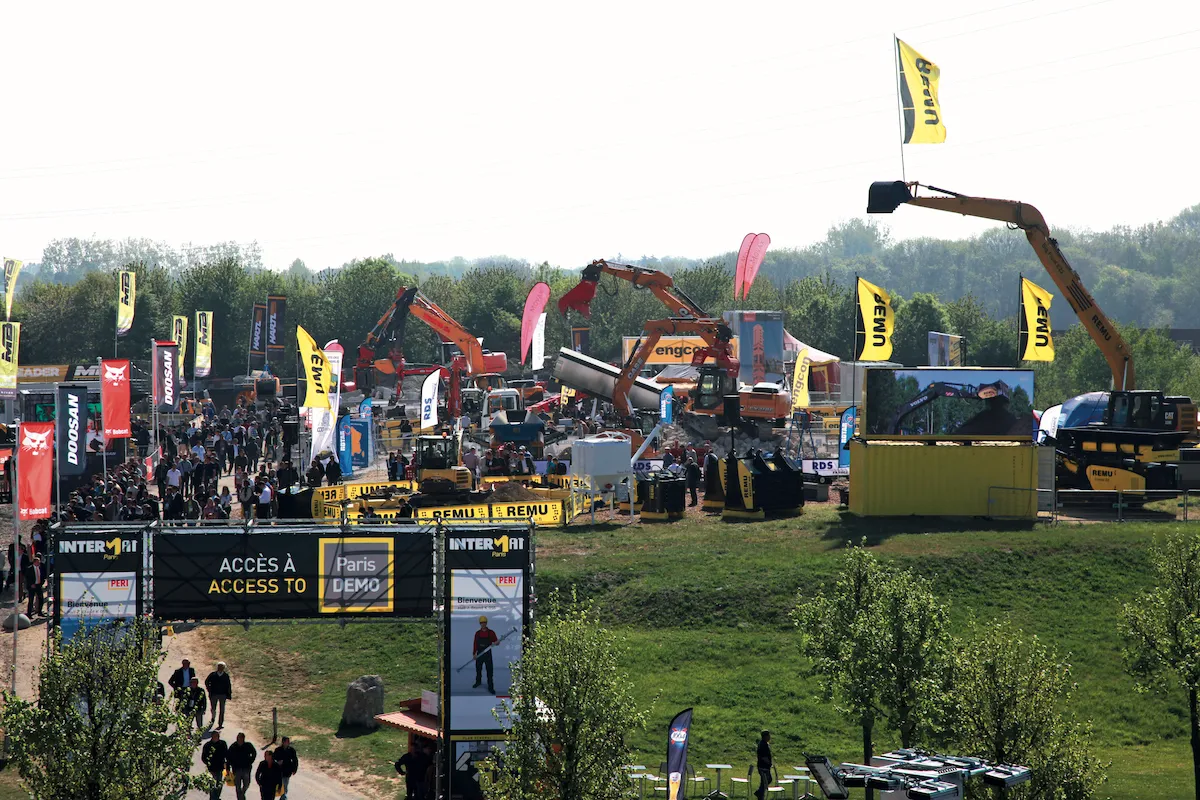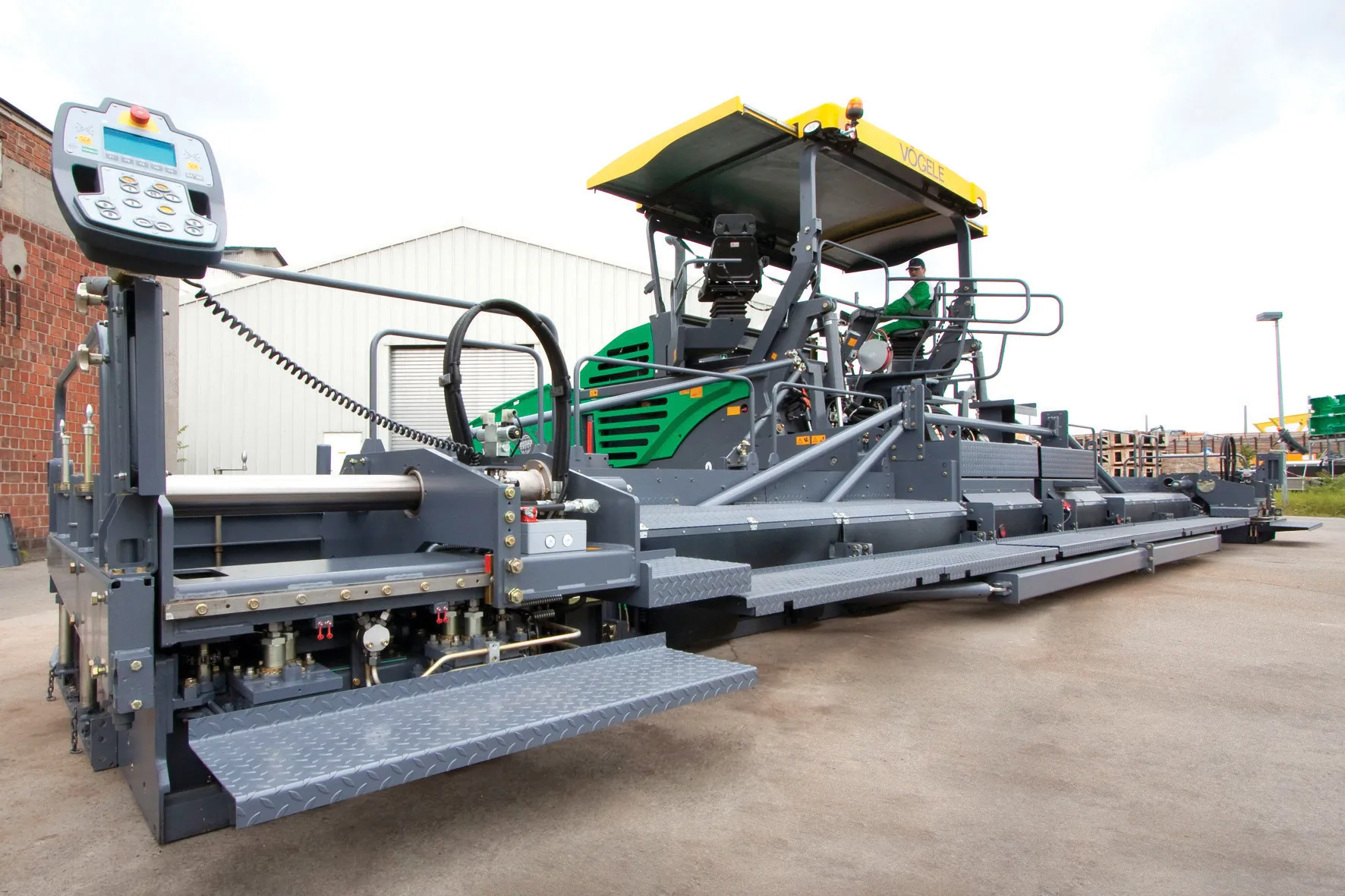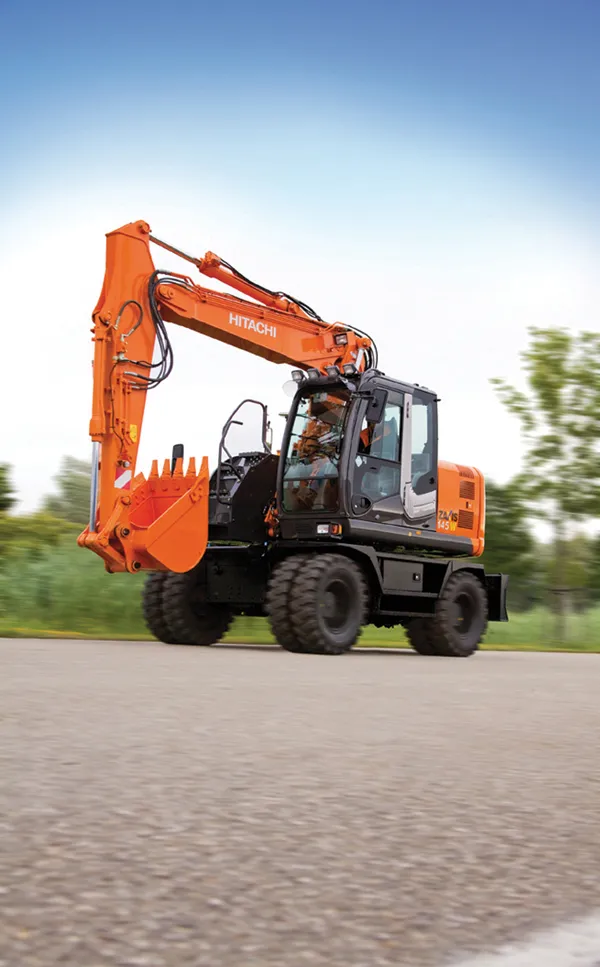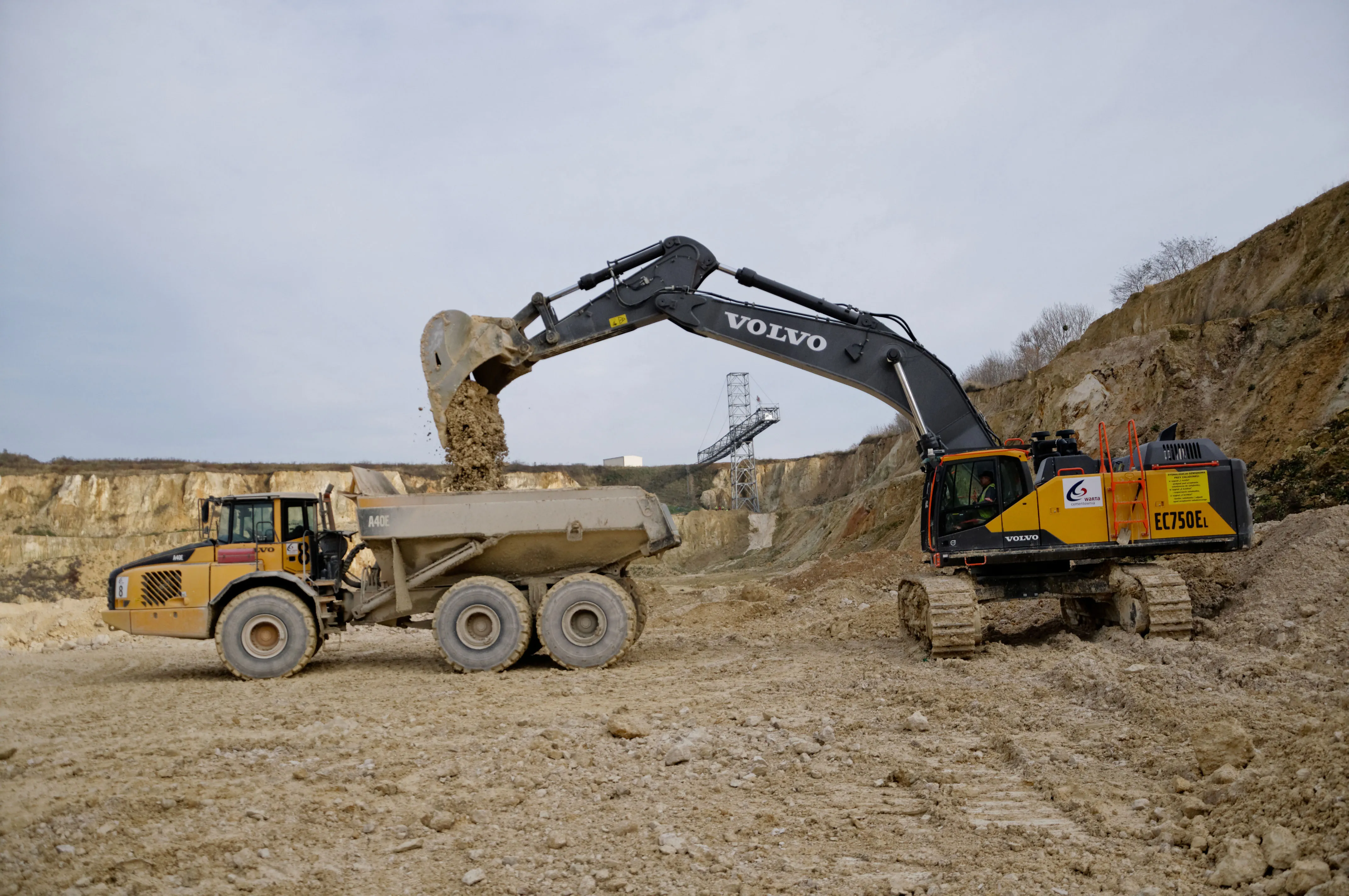The new ECR35D, EC35D and ECR40D compact excavators from Volvo Construction Equipment feature comfortable cabs and advanced, easy-to-use controls for precise operation.
The ECR35D and ECR40D short swing versions are designed to work with power and precision in tight spaces.
The more conventionally designed EC35D features similar architecture and delivers high levels of comfort, performances and versatility.
The cabs are FOPS, TOPS and ROPS rated with a large door and three-point-access to allow saf
March 16, 2016
Read time: 2 mins
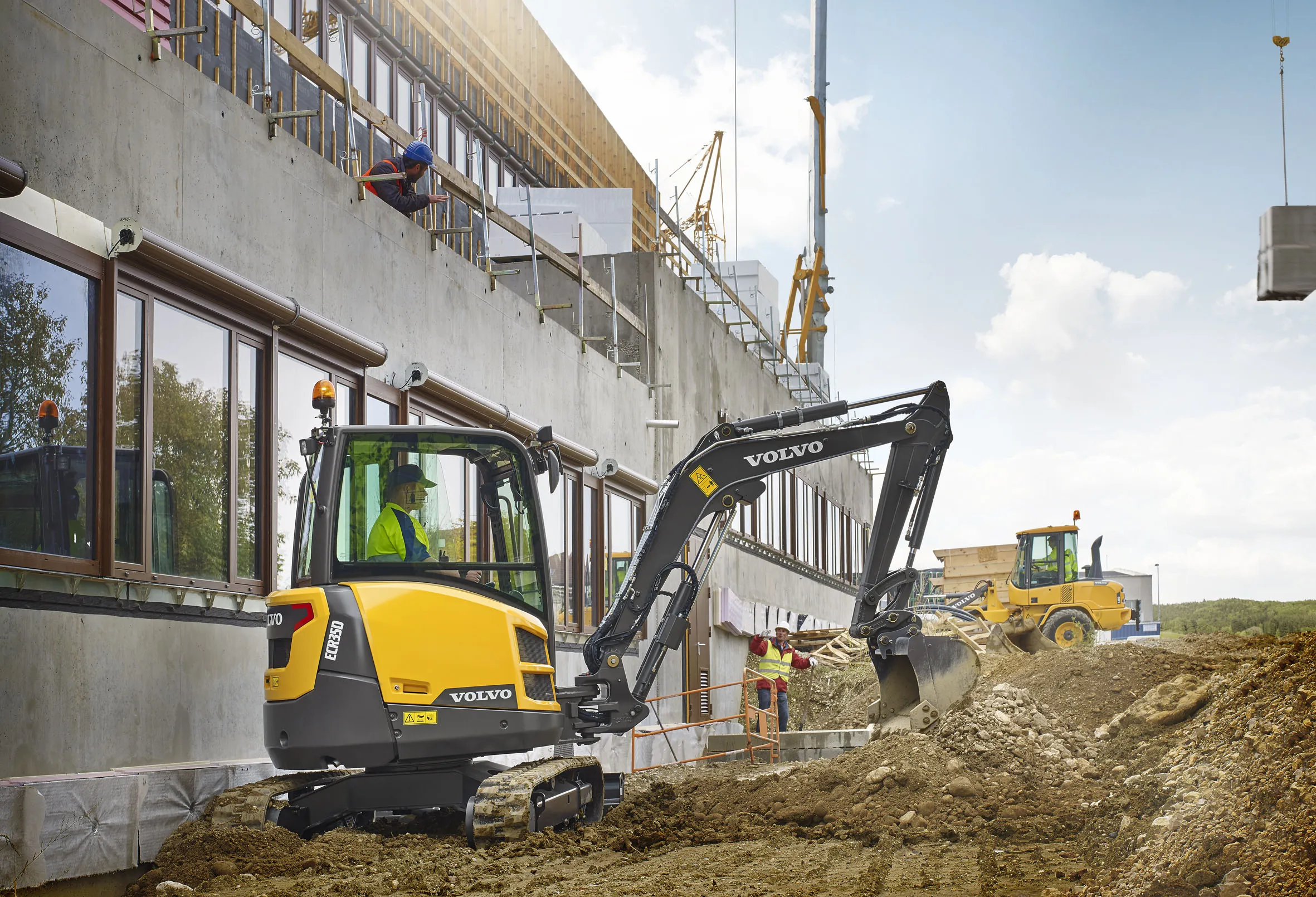
The new ECR35D, EC35D and ECR40D compact excavators from 7659 Volvo Construction Equipment feature comfortable cabs and advanced, easy-to-use controls for precise operation.
The ECR35D and ECR40D short swing versions are designed to work with power and precision in tight spaces.
The more conventionally designed EC35D features similar architecture and delivers high levels of comfort, performances and versatility.
The cabs are FOPS, TOPS and ROPS rated with a large door and three-point-access to allow safe exit and entry. Multi-adjustable seat and console are mounted on the same suspension and move in unison – providing shock and vibration absorption. Both the conventional model and the short swing radius counterparts provide superior all-around visibility.
The EC35D combines a new D1.8A stage 3A Volvo engine with a hydraulic system for high performance with smooth operation.
Thanks to the short swing tail radius and positioning of the boom cylinder on the left below the cab, the Volvo ECR35D and ECR40D excavators are ideal for tight working conditions. The swing post and cylinder stay within the tracks when in an offset position and the slew and offset movements are controlled simultaneously for easy and fast positioning of the machine.
Each machine is available with an electronic system that enables operators to fine-tune functions and settings through a keypad and monitor. Up to three profiles can be saved in the system, adjusting machine behaviour to suit application/operator preferences. But for customers who prefer greater simplicity, the ECR35D, EC35D and ECR40D are available in more traditional guise without the electronics package.
The float function of the blade also enables precise finish in grading applications, while the automatic two-speed travel reduces repositioning time.
The ECR35D and ECR40D short swing versions are designed to work with power and precision in tight spaces.
The more conventionally designed EC35D features similar architecture and delivers high levels of comfort, performances and versatility.
The cabs are FOPS, TOPS and ROPS rated with a large door and three-point-access to allow safe exit and entry. Multi-adjustable seat and console are mounted on the same suspension and move in unison – providing shock and vibration absorption. Both the conventional model and the short swing radius counterparts provide superior all-around visibility.
The EC35D combines a new D1.8A stage 3A Volvo engine with a hydraulic system for high performance with smooth operation.
Thanks to the short swing tail radius and positioning of the boom cylinder on the left below the cab, the Volvo ECR35D and ECR40D excavators are ideal for tight working conditions. The swing post and cylinder stay within the tracks when in an offset position and the slew and offset movements are controlled simultaneously for easy and fast positioning of the machine.
Each machine is available with an electronic system that enables operators to fine-tune functions and settings through a keypad and monitor. Up to three profiles can be saved in the system, adjusting machine behaviour to suit application/operator preferences. But for customers who prefer greater simplicity, the ECR35D, EC35D and ECR40D are available in more traditional guise without the electronics package.
The float function of the blade also enables precise finish in grading applications, while the automatic two-speed travel reduces repositioning time.


